12 electric shocks to save a patient with acute myocardial infarction
Doctors at Military Hospital 103 have just saved the life of a patient with acute myocardial infarction. The patient is TVD. (78 years old), admitted to the hospital with chest pain, difficulty breathing, and low blood pressure.
According to the family, 4 hours before being admitted to the hospital, the patient felt tired, had continuous, dull chest pain, and was sweating and dizzy after returning from working in the fields. The family immediately took the patient to Military Hospital 109 (Military Region 2) for emergency treatment, then transferred him to Military Hospital 103 with a diagnosis of acute ST elevation myocardial infarction at the 9th hour.
The coronary angiography results showed that there were many blood clots (thrombus) causing complete blockage from the root of the right coronary artery and diffuse narrowing of some branches of the left coronary artery. Immediately, the doctors of the Cardiovascular Intervention Department (A16) conducted a consultation to determine that the culprit artery causing the myocardial infarction was the right coronary artery and proceeded to aspirate a lot of blood clots in the coronary artery, placing a long stent to cover the entire lesion.
Before coronary angiography, the patient experienced circulatory arrest. During the stent placement procedure, the patient experienced dangerous arrhythmias such as atrioventricular block, ventricular tachycardia, and cardiac arrest. Doctors quickly performed cardiac compressions, performed multiple emergency electric shocks (12 times), placed a temporary pacemaker, and administered antiarrhythmic drugs and medical resuscitation. After stent placement and coronary artery flow re-opening, the patient's condition gradually stabilized.
Determining that this was a serious case of a patient with a large amount of blood clots, occupying almost the entire right coronary artery, in addition to a dangerous arrhythmia that had caused multiple cardiac arrests, after intervention, the patient was transferred to the Internal Resuscitation Department (A27) for care. Here, the patient received oxygen, respiratory support, water and electrolyte adjustment, antithrombotic drugs, antibiotics, and nutritional care.
Currently, the patient is stable and has been transferred to the Cardiovascular Intervention Department (A16), Department - Cardiovascular Center, Military Hospital 103 for continued monitoring, care and treatment.
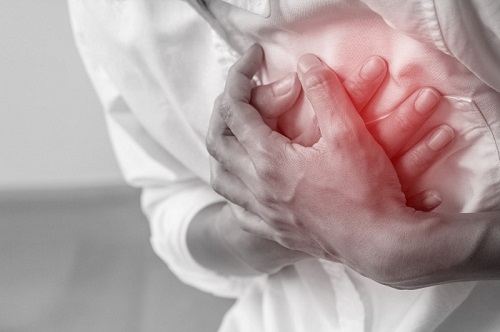
Symptoms of acute myocardial infarction are varied but typically include chest pain and shortness of breath.
Symptoms of acute myocardial infarction
Acute myocardial infarction is a life-threatening condition that occurs when blood flow to the heart muscle is suddenly interrupted, leading to myocardial ischemia.
Acute myocardial infarction usually results from a blockage of the coronary artery system. The blockage may be due to the formation of a local plaque composed mainly of fat, cholesterol, and cellular waste products, or due to a blood clot from another location that suddenly reduces blood flow to the heart.
The coronary arteries carry oxygen-rich blood to the heart muscle. When this arterial system becomes narrowed or blocked by plaque or blood clots, blood flow to the heart is significantly reduced or completely lost, resulting in a heart attack.
Symptoms of acute myocardial infarction are varied but typically include chest pain and shortness of breath. Symptoms include: a feeling of heaviness or squeezing in the chest; chest pain that radiates to the back, jaw, or left arm, lasting more than a few minutes or that may go away and then recur.
The patient also has difficulty breathing, sweating, nausea and vomiting, palpitations... a feeling of suffocation may also occur, the patient also has symptoms of fatigue and rapid heartbeat.
It is important to note that patients with myocardial infarction often present with very different symptoms and severity.
In fact, chest pain is the most typical and common symptom in both sexes. However, symptoms in women are often less typical than in men and can include: shortness of breath, jaw pain, back pain, dizziness, nausea and vomiting. Some women even have heart attacks but have flu-like symptoms.
Who is at risk for acute myocardial infarction?
The main factor that promotes the formation of atherosclerotic plaques is blood fat. Therefore, eating a lot of fried and processed foods, meat, daily foods containing a lot of unhealthy fats and saturated trans fats increases the risk of acute myocardial infarction. Obese people can increase the risk of this disease.
It is necessary to reduce consumption of animal fats and animal organs because they can increase the risk of cardiovascular harm.
In addition, the blood also contains fats called triglycerides, which store excess energy from food. High triglyceride levels increase the risk of cardiovascular disease. High LDL cholesterol levels also increase the risk of cardiovascular events. Because LDL cholesterol can stick to the walls of blood vessels, causing plaque to form, blocking arterial blood flow.
Reducing blood cholesterol and unhealthy fats in the body usually requires a balanced diet low in processed foods, and the use of cholesterol-lowering medications such as statins if needed.
Risk factors for acute myocardial infarction are:
- High blood pressure
- High blood sugar
- Smoking
- Old age
- Men are more likely to develop it than women and at an earlier age.
- Family history, such as a family history of early onset of cardiovascular disease before age 55 for men and age 65 for women, increases the risk of acute myocardial infarction.
- In addition, stress, lack of physical activity, improper use of medication, pregnant women with preeclampsia... can also easily cause acute myocardial infarction.
Prevention of acute myocardial infarction
There are many ways to prevent acute myocardial infarction and promote recovery, including dietary and lifestyle changes.
Meals should consist mainly of whole grains; vegetables; fruits; lean proteins; reduce sugary foods and processed foods. Patients with diabetes, high blood pressure, and high cholesterol should follow their doctor's instructions.
Exercising at least three times a week can improve your circulation. If you have a history of respiratory, heart, or bone problems, you should consult your doctor before starting an exercise program.
Quitting smoking will help reduce the risk of acute myocardial infarction and benefit both the patient's cardiovascular and respiratory systems.
Summary: Acute myocardial infarction is a dangerous emergency condition when blood flow to the heart is suddenly reduced and requires medical intervention as soon as possible. However, there are many ways to prevent and minimize complications after acute myocardial infarction. These methods need to be strictly controlled under the guidance of a cardiologist.
If you suspect yourself or someone else is at risk of an acute myocardial infarction, call 115 or go to the nearest medical facility immediately.
Dr. Le Thi Thanh
Source: https://giadinh.suckhoedoisong.vn/ai-de-mac-nhoi-mau-co-tim-cap-172241009092837288.htm


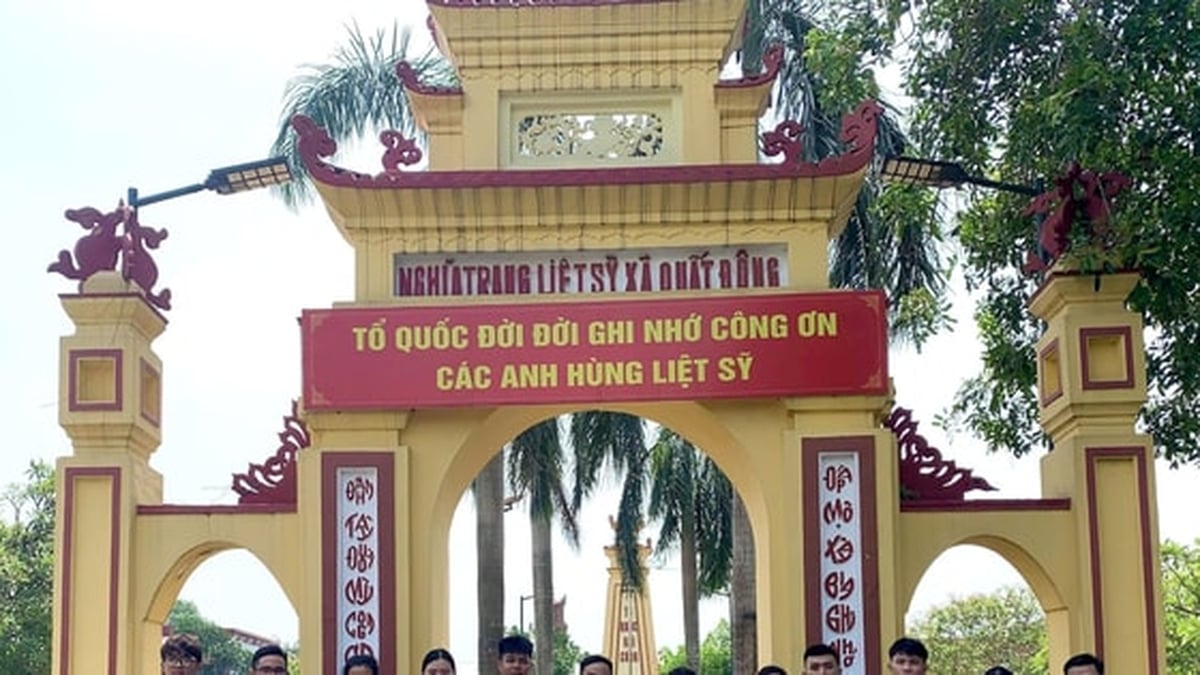
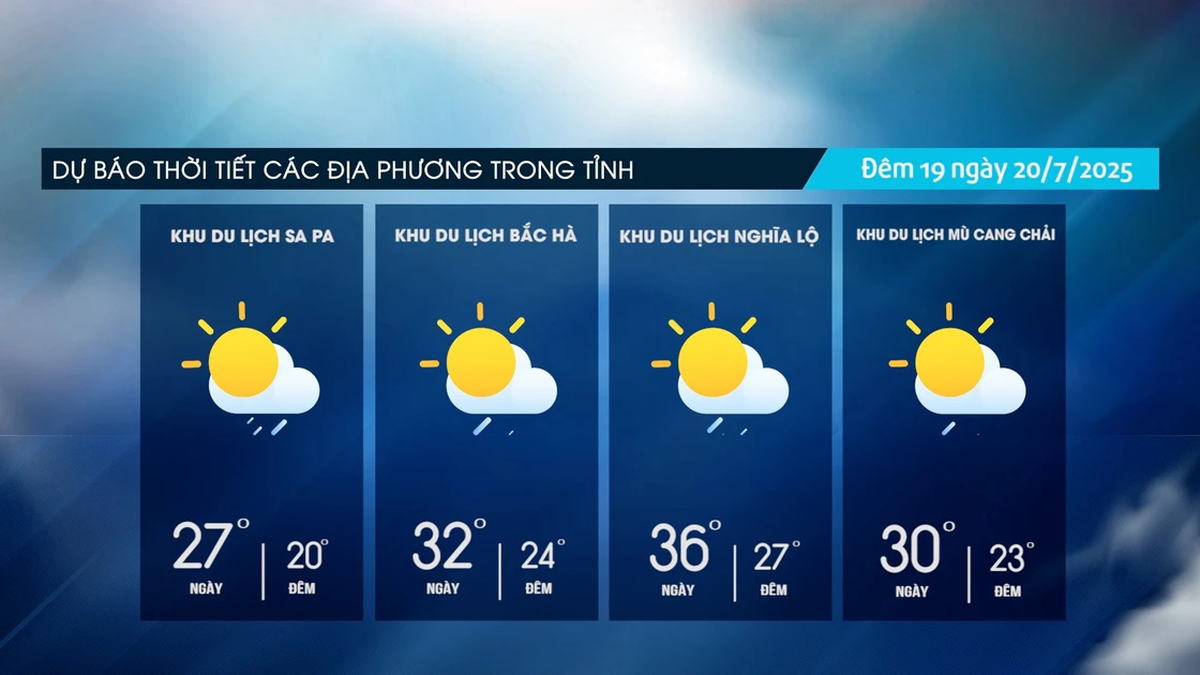
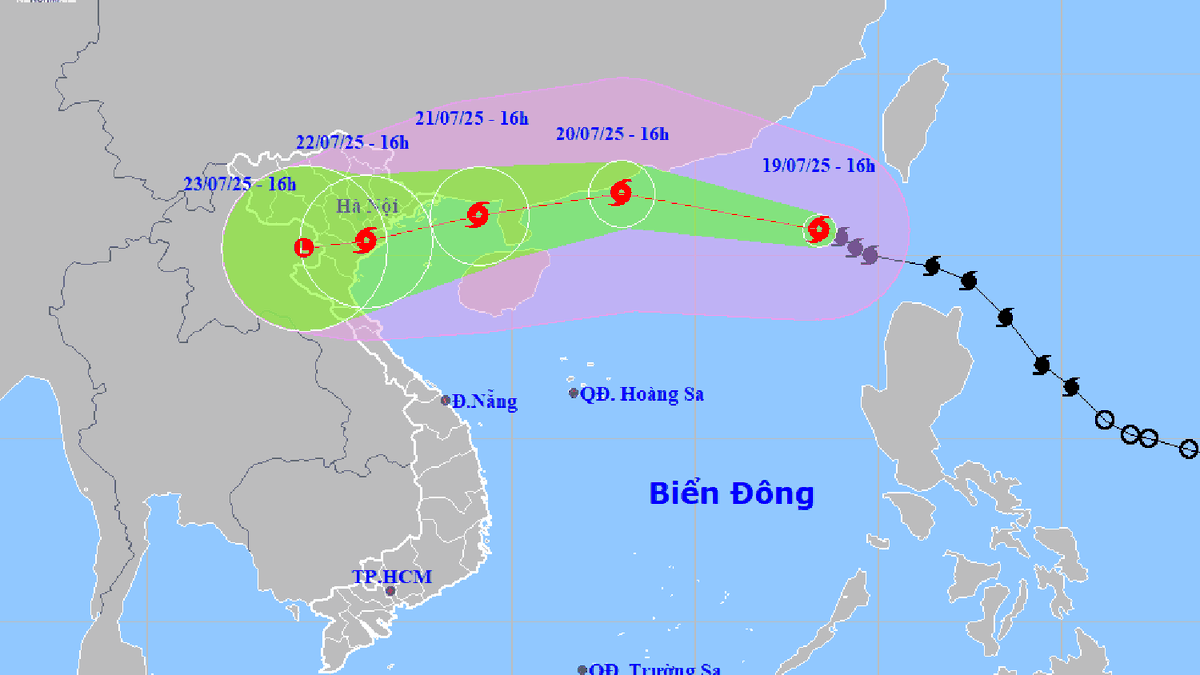
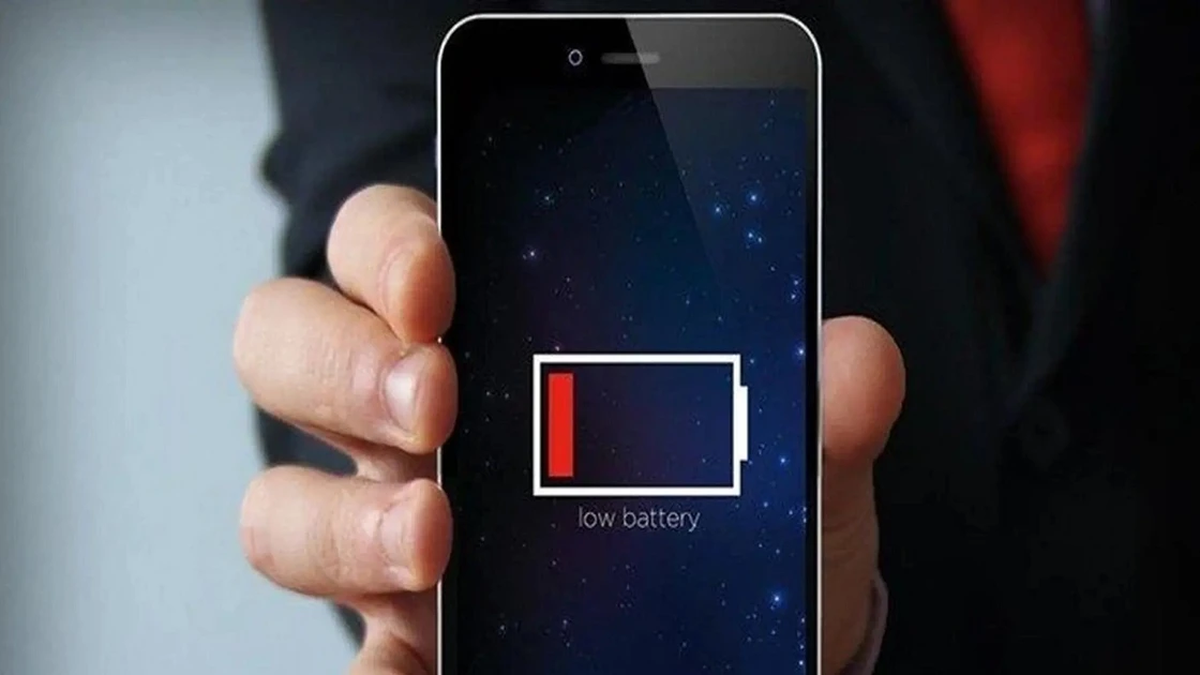





























































































Comment (0)